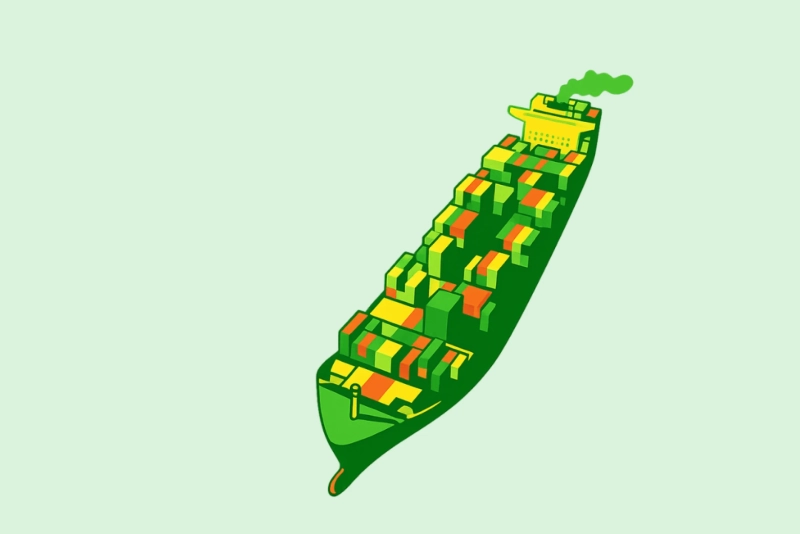Introduction
In maritime operations, staying compliant isn’t just a box-ticking exercise, it’s critical for vessel safety, smooth port operations, and global environmental protection. Despite best intentions, many shipping companies still struggle with outdated processes, incomplete shipping documents, or misinterpretations of maritime regulations. The consequences? Fines, failed inspections, delayed schedules, or worse, risk to crew and cargo.
Let’s explore seven common compliance mistakes and how your organization can avoid them using smarter tools, better maritime documentation practices, and emerging marine technology.
1. Incomplete or Disorganized Shipping Documents
One of the most frequent issues flagged during Port State Control inspections is missing or disorganized shipping documentation. Whether it's STCW certificates, Fire Control Plans, or ballast records, poorly managed ship documents can create unnecessary stress during audits and inspections.
How to Avoid It:
Adopt a structured digital system that organizes and updates your shipping documents based on vessel type, region, and voyage. Solutions using document intelligence can ensure real-time access and version control.
2. Not Keeping Up with IMO Regulations and Code Updates
With constant changes to the IMO regulations, ISM Code, IMDG Code, and LSA Code, many companies unknowingly operate with outdated procedures. This leads to non-compliance during SIRE Vetting, flag-state checks, or port visits.
How to Avoid It:
Establish a compliance tracking protocol with regular updates and training. Leverage platforms that automatically notify you about critical changes in international codes and maritime regulatory updates.
3. Neglecting Environmental Protocols
Non-compliance with MARPOL or Ballast Water Management guidelines can result in severe environmental penalties and reputational damage. Many vessels also struggle with keeping accurate waste logs or tracking emissions data properly.
How to Avoid It:
Use smart logging tools and automated systems for tracking maritime environmental compliance. Some marine technology solutions can monitor discharges, fuel consumption, and emissions in real time.
4. Unclear or Outdated Safety Procedures
In emergencies, outdated Fire Control Plans or inaccessible ISPS Code procedures can delay response and risk lives. Lack of clarity in COLREGs and HSEQ implementation also affects onboard decision-making.
How to Avoid It:
Update and digitize vessel safety protocols regularly. Ensure that all ship documents related to drills, muster lists, and emergency contacts are centrally available and accessible during drills and actual incidents.
5. Unprepared for Port State Control and Vetting
Even well-managed vessels fail during Port State Control or SIRE Vetting due to inconsistent or missing documentation and evidence of compliance.
How to Avoid It:
Perform mock audits using document intelligence systems that highlight documentation gaps and expired certificates. Ensure maritime compliance evidence is updated before entering high-regulation ports.
6. Lack of Crew Training on Documentation Standards
The crew may not always know the significance of accurate log entries, correct form submissions, or the implications of non-standard entries under the ISGOTT or STCW guidelines.
How to Avoid It:
Conduct regular training sessions on maritime documentation, especially for newly recruited or junior crew members. Include sessions on digital tools, HSEQ standards, and documentation best practices.
7. Failure to Coordinate with Port Authorities
Delays and miscommunications with port authorities often arise due to incomplete declarations, incompatible documentation formats, or non-compliance with local mandates.
How to Avoid It:
Use systems that can pre-validate submissions against port authority requirements and automate form generation using standard maritime templates. Smart workflows can reduce back-and-forth and ensure faster clearance.
Final Thoughts
Compliance in the maritime industry is no longer just about having the right paperwork—it’s about having the right data, in the right format, at the right time. Mistakes in managing shipping documents, maritime regulations, or shipping compliance can lead to costly delays and safety risks. But with the right mix of document intelligence, digital workflows, and crew awareness, these risks can be minimized.
How Yodaplus Can Help
At Yodaplus, we specialize in building AI-powered compliance and document intelligence systems tailored for the maritime industry. Our solutions ensure you’re always audit-ready, whether it’s for SIRE Vetting, Port State Control, or adhering to IMO, ISGOTT, and MARPOL protocols. We help shipping companies modernize documentation, reduce inspection risks, and maintain end-to-end visibility over maritime compliance.
Let’s simplify compliance, before it becomes a crisis.
Visit yodaplus.com to learn more.


